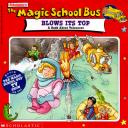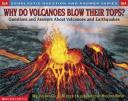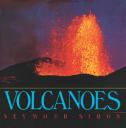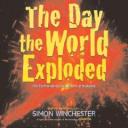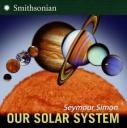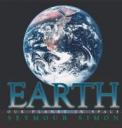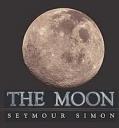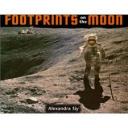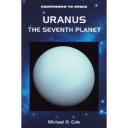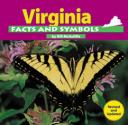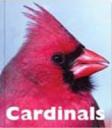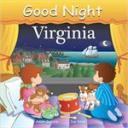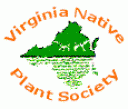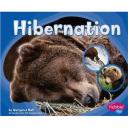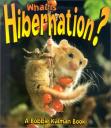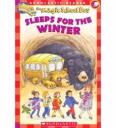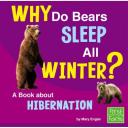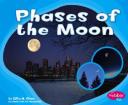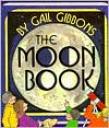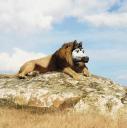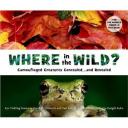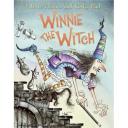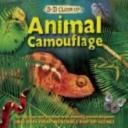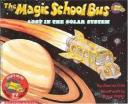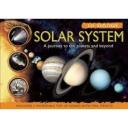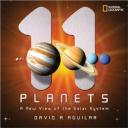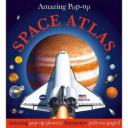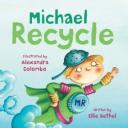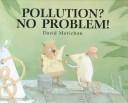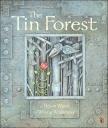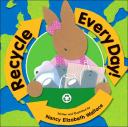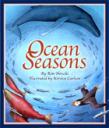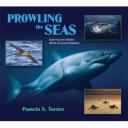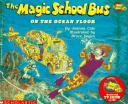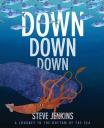Volcanoes are an intriguing and dangerous part of our world. While most students will never experience first hand the effects of a volcano, books and activities can better help the students to understand the devastating effects a volcano can have and the awesome power they hold. The following books and resources can help deepen a students knowledge about volcanoes from the beginning signs to the aftermath. The books and resources are intended to be used in a 5th grade classroom (SOL 5.7).
Recommended Books:
Magic School Bus Blows Its Top by Joanna Cole and Illustrated by Bruce Degen
Ms. Frizzle and her class dive into another adventure in this book. The class takes a trip underwater into an active volcano where they see first hand all the inner workings of a volcano. After seeing the inside of the volcano, the class erupts with the magma and lava and watches as a new island is formed. The book is full of facts and lively characters that will keep the students engaged as they learn about volcanoes.
Why do Volcanoes Blow Their Tops? by Melvin Berger and Gilda Berger
In this book, students can get answers to the most intriguing questions they may have about volcanoes. The book is in a question and answer format and will entertain students with facts and details about volcanoes while also having full pages of art showing and demonstrating all the answers talked about in the book.
Volcanoes by Seymour Simon
This book while being on a lower reading level for 5th graders , has stunning photographs of volcanoes that will help bring them to life. This is a great material to use as a lead-in to discussions about volcanoes. The text gives accurate and useful information on each page that will capture the attention of the students as they see the pictures of the volcanoes.
Vacation Under the Volcano by Mary Pope Osborne
In this book, Jack and Annie go back in time to save a story from the city of Pompeii just as Mt. Vesuvius starts to erupt. The book while make-believe helps students see the destruction that occurs to areas near volcanoes. The story is very well written and will capture students’ attention from beginning to end.
The Day the World Exploded: The Earthshaking Catastrophe at Krakatoa by Simon Winchester and Jason Chin
This book adapted for children, looks into the destruction that occurred hundreds of years ago when volcano Krakatoa erupted. The book details the signs that the volcano would explode right up to the aftermath of a volcanic explosion including shock waves and tsunamis that reached as far as France.
Recommended Websites for Students:
Volcano Explorer: The Discovery Kids Pompeii website has interactive tools on volcanoes for students to click through. The top three links; global perspective, volcano types and inside a volcano show the volcanoes outside in, allowing students to click through the links and gain valuable information about the inner workings of the volcano. The build your own volcano link allows the students to create their own volcano based on viscosity and gas levels and then watch the type of eruptions these conditions would create.
The Supervolcano Game: The BBC website offers an interactive game that allows students to try and prepare for the eruption of a volcano. The scenario allows students to try and prevent the most amount of damage for the town with limited amount of time and resources. The student can then play out the scenario and see the damage that the volcano creates for the town. At the end of the game, students learn other effective ways to prevent human loss and how well their efforts worked.
Scholastic’s The Magic School Bus Volcano Game: This Scholastic website offers students an interactive game that teaches fun volcano facts while also letting students enjoy a fun filled game. Students will navigate the Magic School Bus through volcanic tubes to try and find a way out of the maze inside the volcano.
Scholastic Volcano Lab: This Scholastic website game is an interactive game in which students are asked general knowledge questions about volcanoes. As the students get correct answers they can see the magma chambers start to move on their own volcano until enough correct answers create an explosion. If the student does not get enough correct answers in a certain amount of time the volcano will fizzle out and not erupt.
Discovery Earth Volcanoes: This Discovery website offers students a chance to click around, read information and see pictures of the top 10 volcanoes in geologic history. Each page has a different volcano on it, and gives students pertinent facts about the volcano itself and the explosion(s) of the past or present. The website also has great pictures of each volcano which offers the students a chance to see the volcano when it is not erupting.
Additional Teacher Resources:
Volcanoes: Natures Explosive Spectacles! This Education World website has tons of ideas for teachers when teaching a volcano unit. It lists classroom activities as well as worksheets and ideas for teaching volcanoes from how they form, to inside the volcano, to types of eruptions. The website also integrates other subjects like math and reading into the lesson plans.
Volcano Web cams This website is a great resource for teachers, it has pictures of eruptions as well as links for web cams in active volcanoes and volcanoes located in the United States.
Volcano Classroom Activities and Lesson Plans This website has many links for interactive classroom ideas on volcanoes especially from websites such as the Smithsonian Institute and USGS (US Geological Survey); its also has ideas for classroom activities involving volcanoes and notable volcanoes that are currently in the news.
Volcano World This website comes from Oregon State University where they have complied lesson plans, virtual tours of volcanoes, volcano model ideas, FAQ’s, volcano factoids and maps of volcanoes to help students further explore volcanoes.

